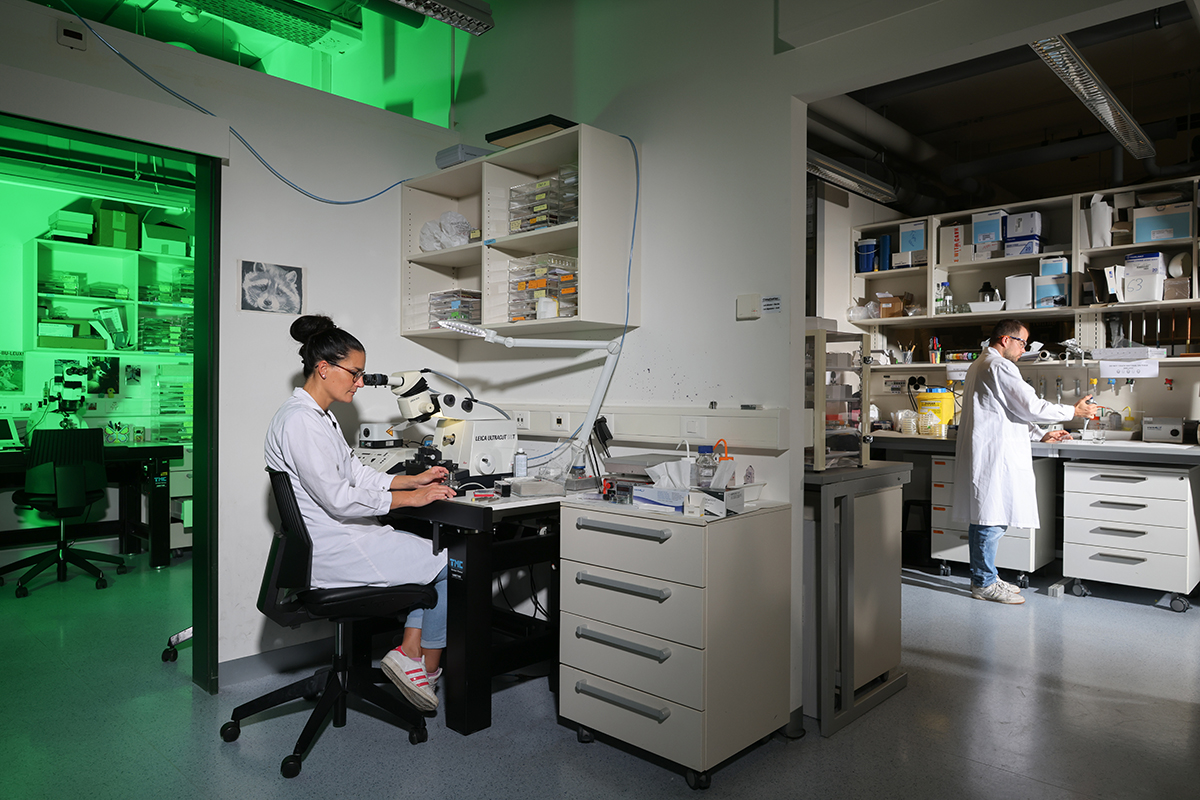The Nuclear Magnetic Resonance (NMR) lab has been playing a critical role in advancing sustainability in research. This technique has gained popularity over the years as a tool for analyzing and characterizing molecular structures, including proteins and DNA. In this article, we will explore the ways in which the NMR lab is promoting sustainability in research and how its findings are being used to tackle various environmental challenges.
When most people think of recycling, helium is usually not the first thing that comes to their minds. That is unless they are experimental chemists working at McGill’s Nuclear Magnetic Resonance (NMR) facilities. In that case, helium is probably the first thing that comes to their minds.
Applications of NMR Lab in Promoting Sustainability
The NMR lab is involved in various research activities that promote sustainability, including the identification of natural products, the study of biochemical processes, and the development of alternative energy sources. Below are some of the applications of NMR lab in promoting sustainability:
- Identifying natural products: The NMR lab is instrumental in identifying natural products such as medicinal plants that can be used to develop new drugs. By identifying natural products, the NMR lab is promoting sustainability by reducing the reliance on synthetic chemicals and reducing environmental degradation.
- Studying biochemical processes: The NMR lab is also used to study biochemical processes in living organisms. By understanding these processes, researchers can develop new technologies and strategies for tackling environmental challenges such as pollution and climate change.
- Developing alternative energy sources: The NMR lab is used to develop new technologies for harnessing alternative energy sources such as solar and wind power. These technologies help reduce greenhouse gas emissions and promote sustainability.
Impact of NMR Lab on Sustainability
The impact of the NMR lab on sustainability is significant. By promoting sustainability in research, the NMR lab is contributing to the development of technologies and strategies that can help solve various environmental challenges. Some of the ways in which the NMR lab is impacting sustainability include:
- Reducing environmental degradation: The NMR lab is reducing environmental degradation by identifying natural products that can be used to develop new drugs and reducing reliance on synthetic chemicals.
- Promoting the development of alternative energy sources: The NMR lab is helping to promote the development of alternative energy sources, which reduce greenhouse gas emissions and promote sustainability.
- Supporting the development of sustainable agriculture: The NMR lab is helping to support sustainable agriculture by identifying natural products that can be used as fertilizers and pesticides.
Conclusion
In conclusion, the Nuclear Magnetic Resonance (NMR) lab is playing a critical role in promoting sustainability in research. Its applications in identifying natural products, studying biochemical processes, and developing alternative energy sources are helping to solve various environmental challenges. By promoting sustainability in research, the NMR lab is contributing to the development of a sustainable future for our planet.










